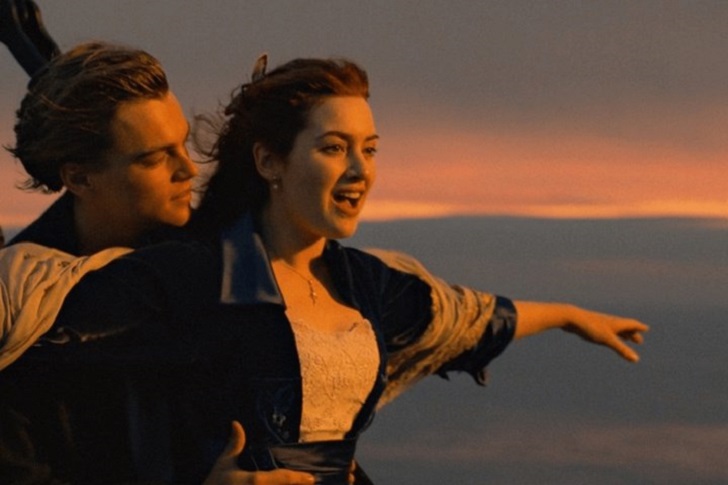“Titanic,” a 1997 film starring Leonardo DiCaprio and Kate Winslet, depicted the tragic story of two loves and was released more than two decades ago. The Titanic disaster remains one of the worst catastrophes in our history. The ship collided with an iceberg in the North Atlantic Ocean and perished with hundreds of passengers on board during a voyage deemed a celebration of new achievements.
People still experience shivers when watching the film, which is based on the actual event. It received eleven Academy Awards, including Best Picture, Best Director, Best Editing, and Best Original Song.
Turning inspiration into reality

Cameron’s idea for the film arose from his passion for shipwrecks; he thought that a love tale interwoven with human tragedy was necessary to express the emotional effect of the catastrophe. Cameron began production on September 1, 1995,[8] when he filmed the genuine Titanic disaster.
The current sequences aboard the research vessel were filmed on the Akademik Mstislav Keldysh, which served as Cameron’s base for shooting the shipwreck. Baja Studios employed scale models, computer-generated graphics, and a replica of the Titanic to recreate the disaster.
The motion picture was co-financed by Paramount Pictures and 20th Century Fox, with the former handling North American distribution and the latter handling worldwide distribution. At the time, it was the most expensive picture ever filmed, with a $200 million production budget. The duration of filming was from July 1996 until March 1997.

“Titanic” garnered considerable critical and financial success upon its premiere on December 19, 1997, and thereafter received multiple honors. It was lauded for its visual effects, performances (especially those of DiCaprio, Winslet, and Stuart), production values, Cameron’s directing, musical score, cinematography, and emotional depth.
‘Titanic’s production was a monumental undertaking
“Titanic” reached a major turning point regarding techniques utilized to achieve the impossible on film. In films like “Jurassic Park” and Cameron’s own “T2: Judgment Day,” game-changing digital technology had recently emerged, and conventional methods of the technical aspect of filmmaking were gradually evolving.
The aesthetics of Cameron’s epic were at a crossroads, with one foot in the digital world and the other in the analog realm of model-making and practical effects. Recreating the unsinkable ship and her final death needed the creation of a completely new studio facility in Rosarito, Baja, California, Mexico, in order to maintain realism.
Baja Studios consisted of many sound stages and water tanks, one of which was a big horizon tank with 270 degrees of ocean visibility and an estimated cost of $20 million.

According to The Washington Post, the production erected a full-size copy of a large portion of the ship’s hull beside the Pacific in a feat of extraordinary workmanship that is unlikely to be reproduced on the same scale.
For the climactic sinking episodes, the life-size model and set could be submerged in the tank, which contained 17 million gallons of water and provided viewers with a flawless view of the adjacent ocean. The sinking of the ship’s cabins and scenes portraying people trapped at sea required the installation of two additional tanks capable of retaining vast volumes of water.
In the years since the production of “Titanic,” few achievements combining such cutting-edge technology and cinematic creativity have been attempted. Cameron and the studios behind him were preparing ambitious and inventive tracks for a big train already in motion, a logistical approach that would eventually be mirrored in his picture Avatar.





